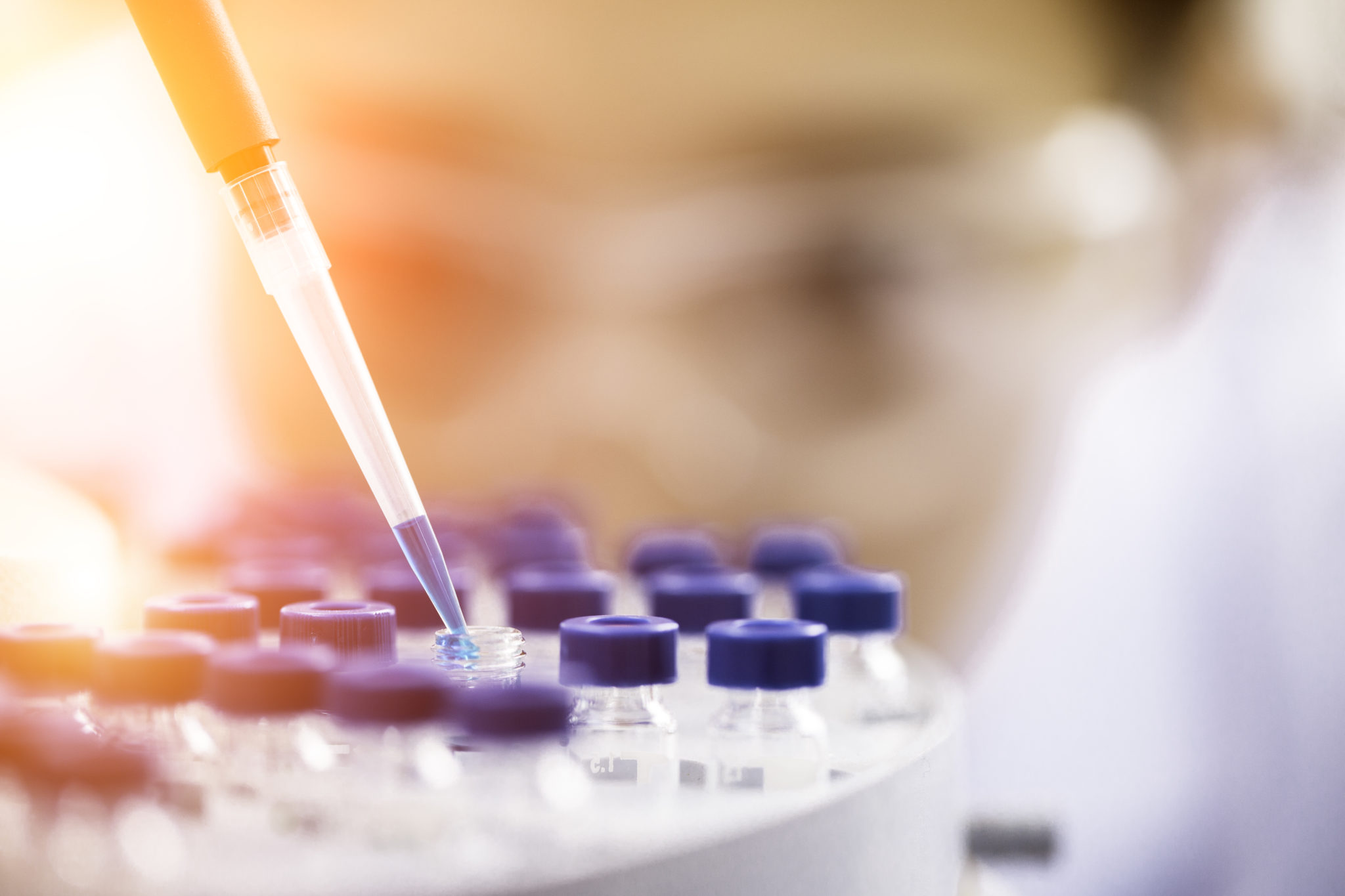New regulations are coming for medical devices in the UK
Published on 29th June 2022
While we await detailed legislation, companies intending to place medical devices on the UK market can begin to prepare for a changed regulatory landscape

The UK government has set out its plan for the future regulation of medical devices. UK regulations concerning medical devices have been frozen in time. A quirk of the Brexit timetable has meant that the Medical Devices Regulations 2002, implementing 1990s EU legislation (Directive 93/42/EEC), still remain on the UK's statute book. In the meantime, the EU has adopted a new regime under the Medical Device Regulation 2017 (Regulation 2017/745).
The UK government recognised that the law needed to be brought up to date and so launched a consultation last year, via the Medicines and Healthcare products Regulatory Agency (MHRA), into the future regulation of medical devices in the UK. On 26 June 2022, the MHRA published the results of the consultation and the UK government set out its response.
Finally, there is some certainty over how medical devices will be regulated following the UK's departure from the EU. But companies in the life sciences sector should not see the government's response to the consultation as the final word. Rather, the consultation and the government's response are an indication of the direction of travel. The detail of new legislation will be critical.
In the meantime, while we wait for the government to publish draft legislation, we have identified some key points from the government's response to the consultation that may help businesses prepare for placing medical devices on the UK market in the years ahead.
Scope of the regulations
The government intends to widen the scope of the regulations, to include more product types.
Some products, that have not been regulated as medical devices until now, will come under the new regime. These include cosmetic contact lenses, dermal fillers, liposuction equipment and some diagnostic "wellbeing" tests.
Classification
The MHRA recognised that the classification system for medical devices was out of date. There was concern that some products, such as surgical mesh, require more regulatory oversight and that the UK had fallen behind compared to international practice (notably, by comparison with the EU regulation).
The Independent Medicines and Medical Devices Safety Review of 2020 was highly critical of the failure of the UK's existing regulations to protect some categories of patient from the side effects of medical devices.
In response to the consultation, the government has stated that it will adopt the MHRA's recommendation that the classification system should be tightened. The government's response suggests that it will update the classification system so that it matches closely the EU regulation.
Adverse incidents and legal liability
The MHRA proposed that manufacturers should have financial reserves to cover any legal liability arising from adverse incidents placed on the UK market.
The government now intends to introduce requirements for manufacturers to have financial coverage in place to provide compensation to patients and users of medical devices. In effect, this will require companies to match their insurance provision to the potential civil liability where patients allege that they have been injured by a defective medical device.
Industry, in particular small and medium enterprises (SMEs), have warned that the cost of obtaining insurance may be prohibitive. The government states that the MHRA will be tasked with developing regulations that takes into account the financial burden on SMEs.
'Responsible Persons'
As a result of Brexit, medical device manufacturers based outside the UK wishing to place a device on the UK market are required to appoint a single "Responsible Person" to act on their behalf (apart from in Northern Ireland where different rules apply).
The MHRA had noticed that some companies sought to comply with this rule by using a forwarding address, instead of locating a Responsible Person physically in the UK. The MHRA raised this in the consultation and the government has stated that it intends to clarify in law that a Responsible Person will be legally liable for defective medical devices, in the same way as the manufacturers, and that the Responsible Person must be physically located in the UK.
Software
The Medical Devices Regulations 2002 pre-dates the rise of Software as a Medical Device (SaMD) and devices that use artificial intelligence (AI). Advances in these fields have been rapid and unimaginable when the existing regulatory system was created.
The government has responded to the consultation by stating that it will define SaMD, and the requirement for it to be regulated, in keeping with EU guidelines. In addition, the government intends to introduce specific requirements to assure the safety and performance of SaMD. The government states that the resulting regime will closely mirror the approach under the EU regulation.
Transitional arrangements
The government states that it plans for the new regulations to come into force in 2023.
However, the government will implement measures to enable CE marked products to remain on the UK market after the new regulations come into force for a period of three to five years (depending on the type of product).
The government appears to recognise that gradual transitional arrangements are needed to support industry and safeguard the supply of essential medical devices.
Osborne Clarke comment
The UK government's plans for the future regulation of medical devices achieve its main objective: the new system will be designed to reflect some of the significant changes that have occurred in the healthcare sector since the 1990s, such as the rise of wellness products and use of AI.
However, companies will need to prepare for a greater regulatory burden, from finding that products will now be newly classified as medical devices through to arranging for increased insurance cover and putting in place arrangements concerning the appointment of Responsible Persons.
There will be some relief among the Life Sciences sector that the government has indicated that aspects of the UK regime may not be radically different to the system under the EU regulation, particularly concerning SaMD and classification rules.
Comfort can also be taken from the transitional arrangements that will allow CE marked products to remain on the market for longer than had been expected.
Companies should watch closely and adapt their business plans as the MHRA and government provide more detail in the coming months.



